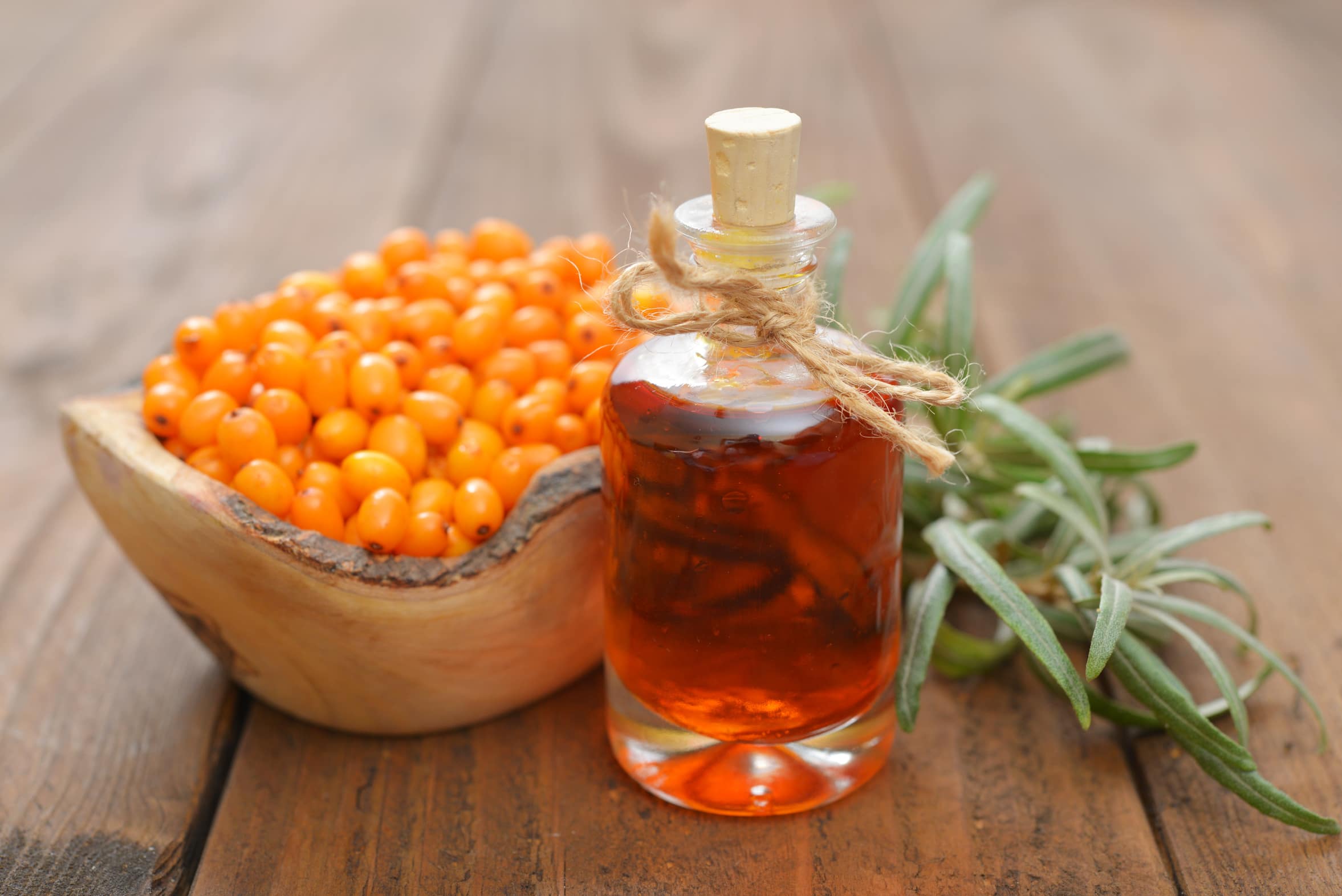Anthocyanins
Botanical ingredients possess a variety of biologically active compounds, which is why they are already used in large numbers in skin care products. Polyphenols are important as secondary plant substances. The subgroup of anthocyanins includes water-soluble plant dyes that are largely responsible for the coloration of fruits, flowers, and some vegetables. Due to their coloring properties, anthocyanins provide benefits for the textile, food and cosmetics industries.
Anthocyanins as plant dyes
Water-soluble plant dyes occur in the cell sap of plants. Accordingly, anthocyanins are found in flowers, fruits, leaves, roots, and some vegetables. Particularly high amounts of anthocyanins are found in blackberries, red grapes, acai berries, cherries, blueberries and red cabbage. Purple sweet potatoes, in particular, have high anthocyanin and phenolic content, so they also have antioxidant activity. Due to its low cost, purple sweet potato is an important source of natural plant pigments.
As water-soluble plant pigments, anthocyanins not only provide the appearance of color, but also offer the plant protection from the sun. In young plants, increased production of anthocyanins takes place to protect against UV radiation. This mechanism allows the plant to grow in sunlight. In addition to the water-soluble plant pigment “anthocyanins”, there are the closely related flavones, carotenoids, anthoxanthins and betalains, which together are responsible for the typical autumn coloration of leaves.
Anthocyanins in food
The food industry has also discovered the water-soluble plant pigments. Due to their biological naturalness, they can be added as food additives to color foods. They are mainly used in acidic products, as otherwise instability may occur. For example, confectionery, jams, and canned fruit can be colored with the help of the natural plant dyes.
Anthocyanins are labeled in the EU as a food additive under the E number “E 163”. There are no maximum quantity restrictions. The various anthocyanins can be categorized as follows:
- Glycosides of pelargonidin E 163a
- Cyanidin E 163b
- Peonidin E 163c
- Delphinidin E 163d
- Petunidin E 163e
- Malvidin E 163f
Furthermore, in addition to their coloring properties, anthocyanins have other health-promoting properties. They have a strong antioxidant effect, as they can bind free radicals in the body. Consequently, they thus have a cell-protective function. In addition, water-soluble plant pigments have been shown to have anti-inflammatory properties.
Natural plant dyes in cosmetics
The great variety of botanical ingredients allows a wide range of applications in skin care. Early on, mankind recognized the benefits of biologically active compounds. In this context, polyphenols, such as flavonoids, have established themselves as excellent active ingredients in the cosmetics industry. They are of great interest due to their anti-inflammatory and antioxidant properties. Flavonoids represent the main group of phenolic compounds, with the subgroup of anthocyanins being largely responsible for the coloration. The water-soluble plant pigments have blood circulation-enhancing and vasoprotective effects. Due to the absorbing property of anthocyanins, they have an antioxidant effect.
Another important aspect of water-soluble plant dyes is their biodegradability. Compared to synthetic dyes, they are well tolerated. Accordingly, they represent a good alternative for cosmetic products.
The color expression of water-soluble anthocyanins is based on chemical reactions, which thus allows different color shades. In particular, their good water solubility, which is due to the glycosidically bound sugar content, enables simplified processing in cosmetics.
Disadvantages of anthocyanins
The functional groups of anthocyanins have a significant influence on their stability. The chemical structure causes instability of the anthocyanins under the influence of high temperatures, UV light and different pH values. Due to the numerous aspects to be considered, there are difficulties to maintain a constant quality in cosmetic products. This means that the light, oxygen, and temperature sensitivity of anthocyanins causes color change or loss. The ever-progressing research achieved an improvement in the stability of water-soluble plant dyes with encapsulation and nanotechnology.
Furthermore, the plant dyes are much more expensive to produce than the synthetic dyes.
Water-soluble plant dyes as natural colorants for cosmetics
Anthocyanins represent a natural alternative to synthetic dyes. Due to their excellent biodegradability and compatibility, they are an interesting additive in cosmetics. The coloring property of water-soluble plant dyes – as well as their antioxidant effect – make anthocyanins significant cosmetic ingredients. Cosmacon will be happy to develop a natural product with a stable coloration for you. Just contact us!
Sources:
Recent Research on the Health Benefits of Blueberries and Their Anthocyanins.; Adv Nutr. 2020 Mar 1;11(2):224-236.
